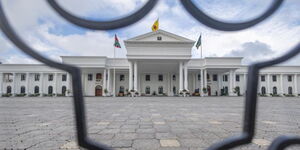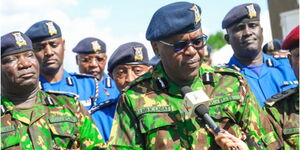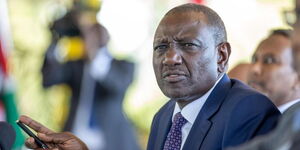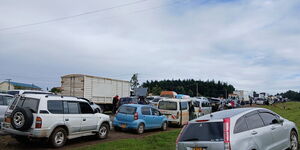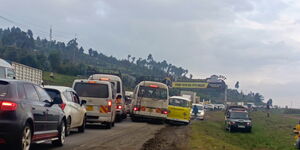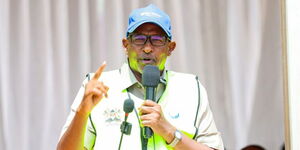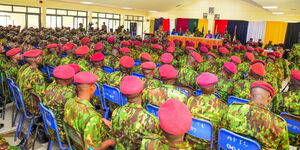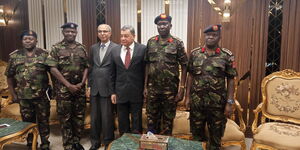Captain Yared Mulugeti, the pilot of the doomed Ethiopian airways flight ET302, struggled to control the plane as soon as it took off, preliminary reports revealed.
The reports went on to describe the six-minute flight as ‘hell’ for both crew and passengers.
It was like riding a 72-tonne bucking bull in a rodeo as the pilots had to contend with wind swings to either side and jerky climbs and falls before the plane finally plowed into the ground nose first as reported by The Standard.
Information recovered from the flight recorders data boxes tell the last moments of flight ET302, including the commands that the 29-year-old Kenyan-born Captain gave to his first officer.
Despite the pilot and his crew doing everything according to the rule book, the instructions did little to help in regaining the control of the flight.
Investigators believe that the plane had multiple engineering flaws that led to sensors mounted on either side of the plane giving contradicting information relating to the aircraft’s angle of flight.
“At 8.38am, shortly after liftoff, the left and right recorded angles of attack values deviated. Also, the airspeed, altitude, and flight director pitch bar values from the left side noted deviation from the corresponding right side values,” the investigators reported.
The report also indicated that the plane might have been flying on its side as the pilots struggled to level it with the recorded values showing the left side’s were lower than the right side values.
The Captain is said to have ordered the first officer to contact the airport's traffic control in a bid to request for a possible return.
Bole International Airport is reported to have cleared the path for the plane to return but the pilots found it difficult to change the plane's course. After desperate attempts to point it back up failed the pilot stated “left alpha vane” as his final words.
The wreckage was found deep in the ground as when the plane crashed it created a crater approximately 10 metres deep, with a hole of about 28 metres width and 40 metres length.

